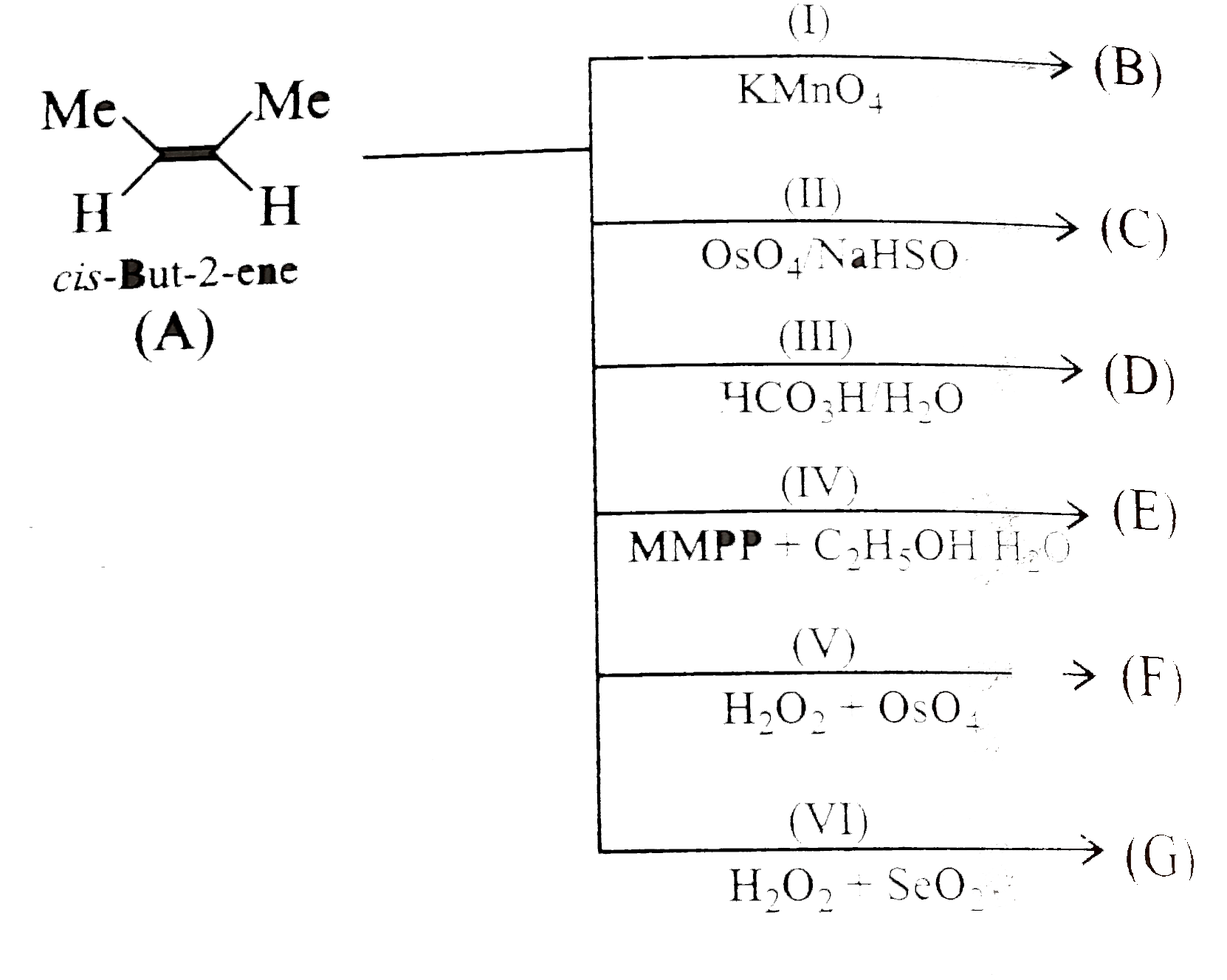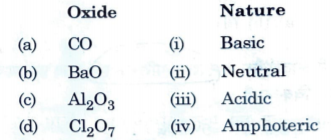Which of the following are isoelctronic
HF and H2O
CH4 and SF6
O2 and O3
H2 and F2
To determine which pairs of molecules are isoelectronic, we need to find out how many electrons each molecule has. Isoelectronic species have the same number of electrons. Let's analyze the given pairs step by step.
Step 1: Count the electrons in HF (Hydrogen Fluoride)
- Hydrogen (H) has 1 electron.
- Fluorine (F) has 9 electrons.
- Total electrons in HF = 1 (H) + 9 (F) = 10 electrons.
Step 2: Count the electrons in H2O (Water)
- Each Hydrogen (H) has 1 electron, and there are 2 H atoms.
- Oxygen (O) has 8 electrons.
- Total electrons in H2O = 2 (H) + 8 (O) = 10 electrons.
Step 3: Count the electrons in CH4 (Methane)
- Carbon (C) has 6 electrons.
- Each Hydrogen (H) has 1 electron, and there are 4 H atoms.
- Total electrons in CH4 = 6 (C) + 4 (H) = 10 electrons.
Step 4: Count the electrons in SF6 (Sulfur Hexafluoride)
- Sulfur (S) has 16 electrons.
- Each Fluorine (F) has 9 electrons, and there are 6 F atoms.
- Total electrons in SF6 = 16 (S) + 6 × 9 (F) = 16 + 54 = 70 electrons.
Step 5: Count the electrons in O2 (Dioxygen)
- Each Oxygen (O) has 8 electrons, and there are 2 O atoms.
- Total electrons in O2 = 2 × 8 = 16 electrons.
Step 6: Count the electrons in O3 (Ozone)
- Each Oxygen (O) has 8 electrons, and there are 3 O atoms.
- Total electrons in O3 = 3 × 8 = 24 electrons.
Step 7: Count the electrons in F2O (Fluorine Oxide)
- Each Fluorine (F) has 9 electrons, and there are 2 F atoms.
- Oxygen (O) has 8 electrons.
- Total electrons in F2O = 2 × 9 (F) + 8 (O) = 18 + 8 = 26 electrons.
Summary of Electron Counts:
- HF: 10 electrons
- H2O: 10 electrons
- CH4: 10 electrons
- SF6: 70 electrons
- O2: 16 electrons
- O3: 24 electrons
- F2O: 26 electrons
Conclusion:
The pairs that are isoelectronic (having the same number of electrons) are:
- HF and H2O
- HF and CH4
- H2O and CH4
Final Answer:
The isoelectronic pairs are HF, H2O, and CH4.
- Hydrogen (H) has 1 electron.
- Fluorine (F) has 9 electrons.
- Total electrons in HF = 1 (H) + 9 (F) = 10 electrons.
- Each Hydrogen (H) has 1 electron, and there are 2 H atoms.
- Oxygen (O) has 8 electrons.
- Total electrons in H2O = 2 (H) + 8 (O) = 10 electrons.
- Carbon (C) has 6 electrons.
- Each Hydrogen (H) has 1 electron, and there are 4 H atoms.
- Total electrons in CH4 = 6 (C) + 4 (H) = 10 electrons.
- Sulfur (S) has 16 electrons.
- Each Fluorine (F) has 9 electrons, and there are 6 F atoms.
- Total electrons in SF6 = 16 (S) + 6 × 9 (F) = 16 + 54 = 70 electrons.
- Each Oxygen (O) has 8 electrons, and there are 2 O atoms.
- Total electrons in O2 = 2 × 8 = 16 electrons.
- Each Oxygen (O) has 8 electrons, and there are 3 O atoms.
- Total electrons in O3 = 3 × 8 = 24 electrons.
- Each Fluorine (F) has 9 electrons, and there are 2 F atoms.
- Oxygen (O) has 8 electrons.
- Total electrons in F2O = 2 × 9 (F) + 8 (O) = 18 + 8 = 26 electrons.
- HF: 10 electrons
- H2O: 10 electrons
- CH4: 10 electrons
- SF6: 70 electrons
- O2: 16 electrons
- O3: 24 electrons
- F2O: 26 electrons
The pairs that are isoelectronic (having the same number of electrons) are:
- HF and H2O
- HF and CH4
- H2O and CH4
The isoelectronic pairs are HF, H2O, and CH4.
Topper's Solved these Questions
Similar Questions
Knowledge Check
Consider the following reactions :

Which of the following regioselective reactions ?A(I),(II),(V)B(III),(IV),(VI)C(I),(II),(IV)D(III),(IV),(V)which of the following is not ?
AGelatin solBSilver solCSulphur solDAs2S3 solWhich of the following characteristics does not belong to following plants ?
Aseeds are nakedBconducting tissue is well developedCshows nodes and internodesDshows the presence of root hairs
Which of the following are low spin complexes which follow EAN rule?
View SolutionWhich of the following are low spin complexes which follow EAN rule?
View SolutionWhich of the following is correct about the following?
View SolutionWhich of the following is not a product of the following reaction

View SolutionWhich of the following the following in a 3∘ amine?
View Solution

